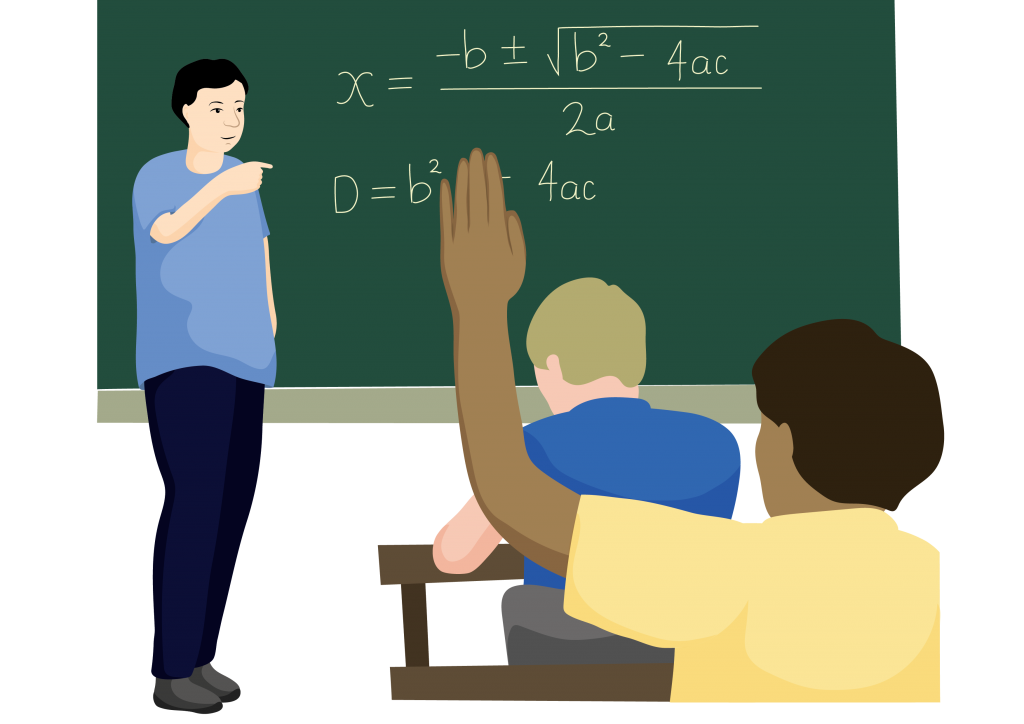Vision and vision problems
Instruction
In this topic you will learn about vision and vision problems in children.
How we see
- Our eyes take in light
- The light passes through different parts of the eye
- The light is changed into electrical signals which are sent to the brain
- When the signals reach the brain, we can see.
To see well, each part of the eye needs to be working properly. The eyes need to work together.
Vision problems
Common problems with vision involve refractive error (difficulty seeing clearly).
Refractive error leads to:
- Distance vision problems (short-sighted) (myopia)
- Near vision problems (long-sighted) (hyperopia)
- Distance and near problems (astigmatism).
Vision can also be affected by eye health problems. For example, infections, cataracts and other conditions.
Activity
Compare the three images below to see how distance vision problems (short-sighted) and near vision problems (long-sighted) can affect what a person sees.

No vision problem

Distance vision problem (short-sighted)

Near vision problem (long-sighted)
A child can have one or any combination of these difficulties and to different levels of severity.
Question
Which of the activities below would be difficult for most children who have distance vision problems (short-sighted)?
Select three.

a, b, and e are correct!
Reading or seeing people or objects at a distance may be difficult for a child who has distance vision problems (without the correct spectacles).
c and d are incorrect.
A child who has near vision problems (long-sighted) may find it hard to read a book or draw for a long time, without the correct spectacles.
Discussion
Are there local terms/words commonly used to describe distance vision, near vision or eye health problems?
Most vision problems can be:
- Prevented. For example, limiting the amount of time a child spends looking at electronic devices
- Treated. For example, receiving medication for eye health problems
- Helped. For example, through assistive products and/or rehabilitation.

Meet Alitia

Alitia enjoys school and playing soccer with her friends.
Her teacher noticed that she was finding it difficult to see what was written on the classroom board and was losing confidence.
During the school sensory screening programme Alitia was identified as having a possible vision problem.
Her parents were notified and booked an appointment with local eye care personnel. They found that Alitia has distance vision problems (is short-sighted). She was prescribed spectacles.
Alitia‘s confidence returned and she is doing well at school.
Children who have low vision, or are blind, can benefit from:
- Vision assistive products
- An accessible environment
- Being supported to use different methods for learning and participating in activities.
Discussion
Discuss with colleagues:
- Do you, or does anyone you know, wear spectacles?
- Are spectacles easily available in your area?
- What would be the effect on a child who needs spectacles but does not have access to them?
How is vision screened?
Distance vision is screened using vision charts.
This involves a screener pointing to the letters on a chart positioned a distance away from the child. The child looks at the letters and indicates which letter they can see.

